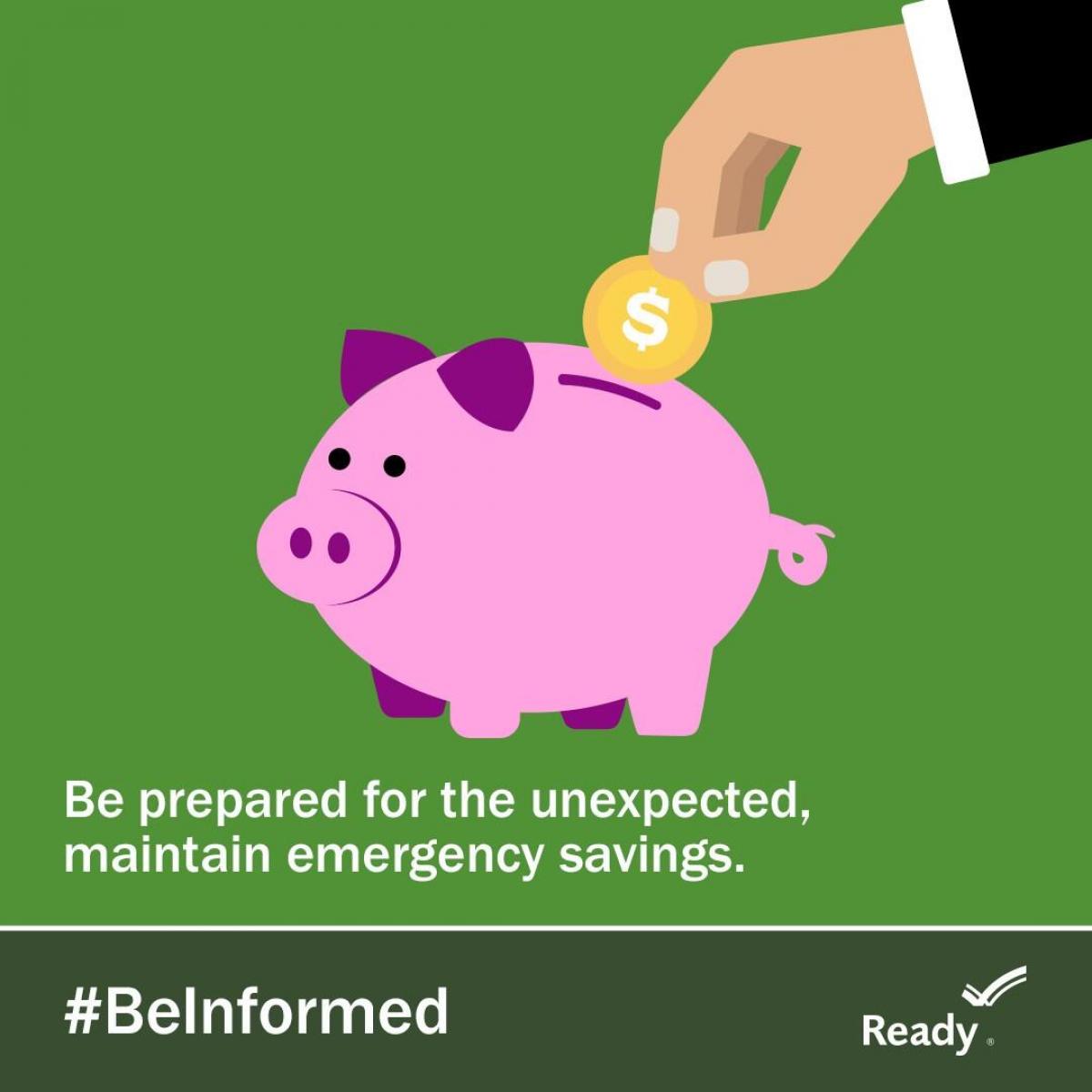-
Our Community
-
- Our Community About Florence City Newsletter News & Recognition Events & Activities City Calendar Florence Events Center Calendar Chamber Calendar RiverCal Siuslaw Library Calendar Schools Siuslaw School District Lane Community College
- Airport City Projects Directory Doing Business Health Care Resources Library Local Media Rainfall Report Transportation Parks & Trails Directory
- Public Safety City of Florence Police Lane County Sheriff's Office Oregon State Police US Coast Guard - Siuslaw Station Western Lane Fire & EMS Authority Organizations Florence Area Chamber of Commerce Florence Events Center Florence Senior Center Port of Siuslaw Siuslaw Vision
-
- Doing Business
-
Welcome Visitors
-
- About Florence Community Amenities Airport Florence Events Center Library Parks & Trails Directory Public Art Senior Center
- Eat, Shop, Stay & Play Florence Area Chamber of Commerce Move Your Business
- Events & Activities City Calendar Siuslaw Library Calendar Chamber Calendar Florence Events Center Calendar
-
-
Inside City Hall
-
- City Council City Services A-Z Commissions and Committees City Projects Directory Agendas and Minutes Florence News ADA Facility Code of Conduct
- Administration Administrative Services City Manager's Office City Recorder Economic Development Emergency Management Finance Human Resources Municipal Court Urban Renewal (FURA) Utility Billing Florence Events Center Police
- Community Development Building Code Enforcement Planning & Zoning Public Works Airport Parks Stormwater Streets Wastewater Water Media Inquiries
-
-
Helpful Resources
-
- Apply for a Job Apply for a Board or Committee Contact the City Council Contact City Staff Check City Social Media Download Forms & Applications Find a City Code
- Find Transportation Get a Business License Get a Noise Variance Get Email Subscriptions Hold a Special Event Locate City Offices Pay My Utility Bill Pay My Court Fine
- Report a Code Violation Report Storm Related Issues Request a Police Report Request a Public Record Reserve a Park View Bids & RFPs View the Calendar
-
Week 1: Save Early for Disaster Costs

Helpful Tips to Save Early and Prepare for Disaster Costs:
- Most homeowners’ and renters’ insurance does not cover flood damage. Learn more about flood insurance at FloodSmart.gov.
- #PrepareNow. Snap photos of important documents and personal belongings to help you quickly file an insurance claim after a flood. https://youtu.be/i3MfRpND5gk
- Start talking with your children early about money. Include kids in discussions about saving for a disaster. Get ideas for how to involve them at ready.gov/kids.
- 30 Days: The number of days it takes for most flood insurance policies to go into effect. Don’t wait until it’s too late! For more information vist: FloodSmart.gov
- Are you financially prepared for a natural disaster? Learn how to make a plan with @CFPB’s tips: https://go.usa.gov/xPbJv
- What important documents should you have for an emergency? Download the Emergency Financial First Aid Kit, which will walk you through the planning process: https://go.usa.gov/xypkQ
- Plan ahead: how will you pay your bills if a disaster strikes? #PrepareNow with the help of these tips and free resources: ready.gov/financial-preparedness
- According to the Federal Reserve, 40% of Americans don't have $400 in savings. What will you do if there is a disaster! Learn tips to become more financially prepared: www.ready.gov/financial-preparedness.
- Keep some cash on hand in case of emergencies, since ATMs and credit card readers won’t always be available. Cash can help pay for immediate expenses like lodging, food and gas. Learn more: ready.gov/financial-preparedness
- Set aside a small amount from each paycheck to go into your savings account. Find more tips to help you manage your money to be prepared for the unexpected: https://www.usa.gov/flec
Check out these resources:
- Check your insurance coverage and review the Document and Insure Property guide.
- Visit Floodsmart.gov to learn more about flood insurance and how to protect your home or business.
- Plan financially for the possibility of disaster.
- Complete an Emergency Financial First Aid Kit (EFFAK).
